Can HIV only survive for 5 seconds in the air? Why is it still possible to get infected by sharing razors and syringes?
Human Immunodeficiency Virus (HIV) is the causative agent of AIDS, Acquired Immunodeficiency Syndrome (AIS).HIV belongs to the human lentivirus group of the genus Lentivirus of the family Viridae, and consists of spherical particles with a diameter of 100 nm-120 nm, consisting of a core and an envelope.The entry of HIV into the cell takes place through the use of a receptor on the surface of the susceptible cell.
HIV is less able to survive in the external environment and is less resistant to physical and chemical factors. Disinfectants that are generally effective against Hepatitis B Virus (HBV), such as tincture of iodine, peroxyacetic acid, glutaraldehyde, sodium hypochlorite, etc., also have good inactivation effects on HIV. Therefore, all effective disinfection and inactivation methods for HBV are applicable to HIV. 70% ethanol can also inactivate HlV, but ultraviolet light or gamma rays do not inactivate HIV. HIV is very sensitive to heat, and is more tolerant of low temperatures than high temperatures.
56 ℃ treatment 30min can make HIV in vitro to human T lymphocytes lose infectivity, but can not completely inactivate HIV in the serum; 100 ℃ treatment 20min can be completely inactivated HIV. The characteristics of the virus is not have cellular organelles, that is, can not synthesize their own proteins and biochemical metabolism, must be in the host cell using its cellular organelles for protein metabolism, viral replication of their own. So viruses are intracellular and integrated into the DNA sequence of the host cell. Razors and syringes have tissue debris from AIDS patients left on them, and the HIV virus survives in the cells of these tissue debris and will not be inactivated within a short period of time, so it is contagious.
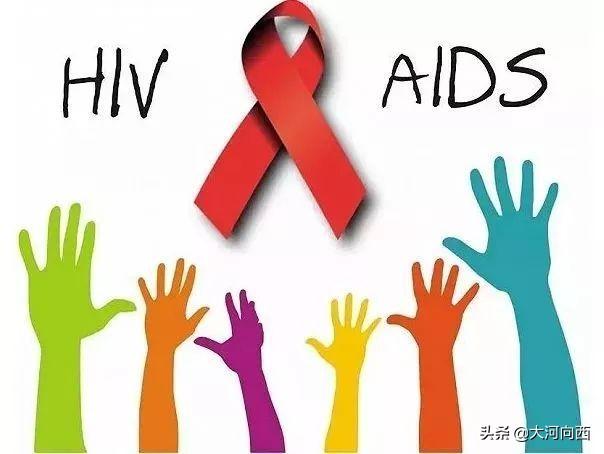
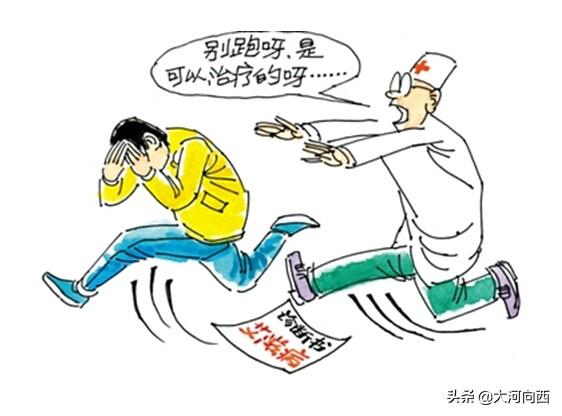
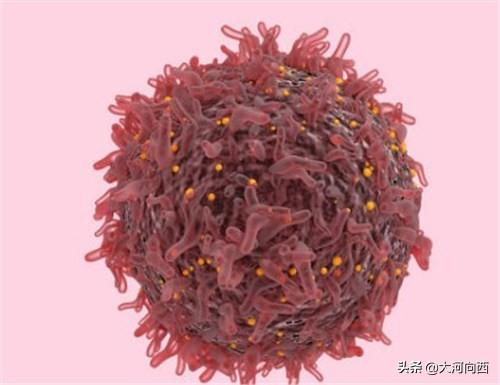
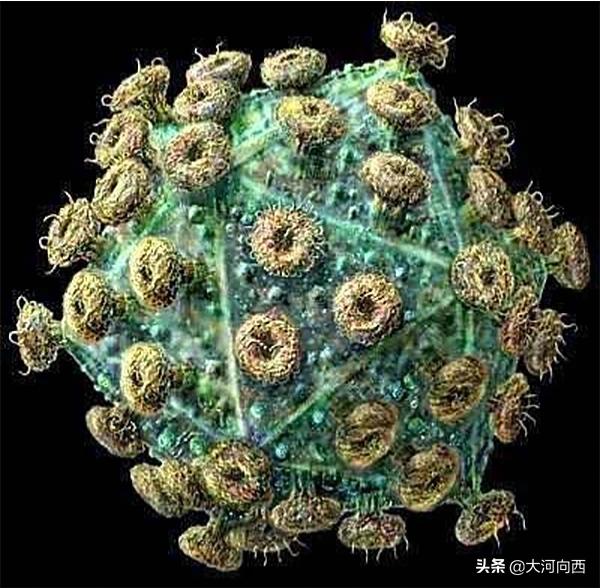
If the 5 seconds of survival you are talking about is scientific data, the 5 seconds should refer to the survival time measured by putting a single virus into the air and observing it, and this is done without providing any conditions for the virus to survive, and many viruses survive for a shorter period of time. Razors, syringes and other objects have residues of nutrients provided by the human body for the survival of viruses, such as some secretions. The survival time is relatively longer. For reference only.
There are many people, including some doctors, who, when talking about the ability of the HIV virus (HIV) to survive in the outside world, often say that the virus is instantly inactivated in the air, or that HIV can only survive in the air for five seconds, or more, or less, and that such statements help to alleviate some of the anxiety of those who are afraid of HIV.

From a scientific point of view, such a statement has no theoretical basis, or is self-deceptive. Because the air in a normal environment does not have the ability to kill HIV, and certain conditions are needed to do so.
Correcting such a misconception may cause some people to panic and worry. They think that HIV in their daily life environment will always find a chance to invade them and infect them. In fact, this is caused by the fact that they do not have certain knowledge about HIV infection.
How HIV infects people when it can't move
To infect a person, HIV must enter the cells with the help of receptors on the surface of susceptible cells in the human body, which is equivalent to HIV being a key, and it is necessary to find that lock in order to open the door into the human body.
These "locks" include the first and second receptors. The first receptor is called the CD4 molecule and is the primary receptor. The second receptor is a number of secondary receptors, including the well-known CCR5, or CXCR4.
HIV infects these cells, not by actively touching the cells itself. Because the virus is inactive, it is infected by passive means such as contact, squeezing and friction.
For example, a person has a wound on top of their skin, but it is the skin around the wound that the virus touches. The virus could not have crawled through or burrowed into the skin on its own without the action of an external force that pushes blood and body fluids containing the live virus into the wound and applies a certain amount of pressure.

Everyday life, no conditions for HIV infection
If a healthy person comes into contact with the blood or body fluids of an HIV-infected person in his or her daily life, it is generally not enough to cause infection. When HIV in blood and body fluids has not yet reached an inactivated state, contact with normal skin or small wounds through touching is generally not enough to cause infection.
These insufficient contact methods to cause infection include: going to a public restroom and touching the doorknob, sharing sanitary ware, splashing one's skin with urine from the commode when urinating or defecating, being suspected of being stabbed with a needle in a particular public place, and so on.
These AIDS-phobic people fantasize about infection pathways that can only be fantasies, and the likelihood of them happening in reality is close to winning the lottery jackpot. If you can even get infected that way, then there is no way to stop getting other diseases with this kind of bad luck.
Worrying in a state of mind like this one would be more practical than worrying about how to make your career successful.
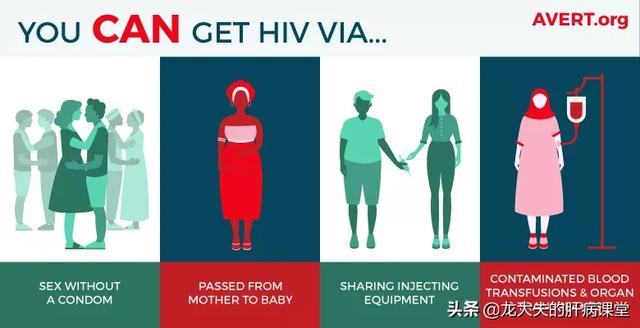
Why do you get infected when you share razors and needles with HIV-infected people?
Sharing razors, syringes or needles, with someone infected with HIV, is of a different nature. This is because these behaviors have many of the conditions needed for infection.
1. There is a clear source of infection
The source of this infection is the HIV-infected person. If the HIV-infected person is positive for the virus high-sensitivity nucleic acid, it means that there is a certain amount of HIV replication in his body, and razors, syringes, and needles that leave their blood or body fluids are a clear source of infection.
2. There is a clear pathway for dissemination
When sharing a razor with an HIV-infected person, blood from the infected person may remain on the razor blade. When a normal person shaves, the pressure exerted during shaving, due to the damage that may be caused by the blade, can bring the blood containing the virus on the razor blade into passive contact with fresh wounds in a healthy person.
Such an infection, although rare, can gradually increase the probability of infection if you frequently share razors with HIV-infected people. The likelihood of infection from such minute contact with the virus, although extremely small, does exist and is proven.
3. Sharing syringes or needles with people living with HIV
It is particularly common for drug users to share syringes among themselves. Some drug users are HIV-infected, and drug users do not think too much about safety when sticking needles because of their addiction.
Some may say that a needle is only a few cents, so why wouldn't a person living with HIV want to buy one? The problem is that when addiction strikes irregularly, there is no mind to buy a syringe when the attack is on.
The chances of being infected with just a trace amount of HIV from the blood of an AIDS patient inside a syringe or hollow needle are very high because it is injected directly into the blood circulation, which contains a large number of CD4+ T lymphocytes.
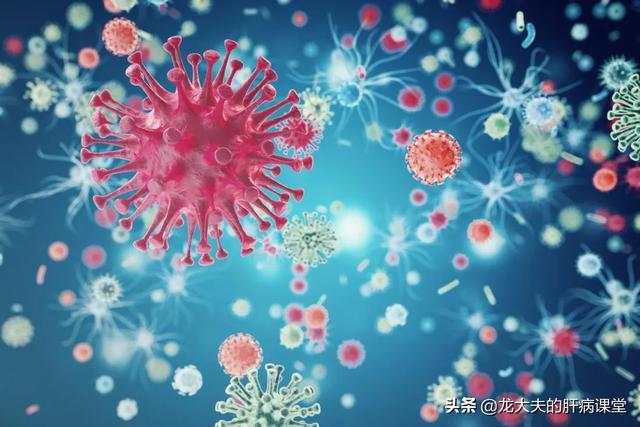
HIV resistance in the outside world
A final word on the resistance of HIV in the outside world. We all know that the ability of HIV to survive in the external environment, is very weak, because the external environment does not have the cells and the good environment that HIV needs to survive.
After the blood of an HIV-infected person has been shed, there may still be enough cells in it for the HIV virus to survive for some time. However, because there are some physical and chemical factors in the outside world, these physical and chemical factors have the effect of inhibiting its activity or extinguishing the fire on HIV.
HIV is very sensitive to some disinfectants such as tincture of iodine, povidone-iodine, peroxyacetic acid, glutaraldehyde, sodium hypochlorite, to name a few, which are good at inactivating HIV.
The 70% alcohol used for normal disinfection can inactivate HIV. However, studies have concluded that ultraviolet or gamma-radiation does not inactivate HIV. treatment at 56 degrees Celsius for 30 minutes renders HIV non-infectious to T-lymphocytes in the body in vitro, but does not completely inactivate HIV in serum. treatment at one hundred degrees Celsius for 20 minutes completely inactivates HIV.
Therefore, there is little basis for the claim that HIV is inactivated in the air in five seconds. Of course, if it is pure HIV, not HIV in body fluids, released into the air, it certainly does not have the ability to infect.
Because the HIV virus is inactive. Unless this pure HIV is poured into the wound with some pressure, there is no way to cause infection even if the virus is very close to the wound.
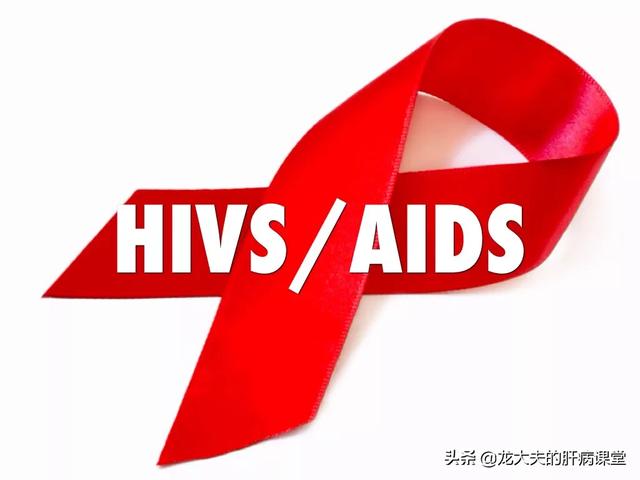
Dr. Long's warm reminder
Many people fear AIDS, believing that life is full of the blood and body fluids of people with AIDS, which is an obsession in itself. It's strange that there are more other dangerous viruses in the outside environment, so why wouldn't they be afraid? This may be at the root of the AIDS-phobic person's illness, because fear of a disease tends to be stubbornly viscous.
It is actually pointless for people who are afraid of AIDS to learn about such specialized issues. Their degree of drilling into some issues even exceeds that of many professional doctors, and their degree of persistence is sometimes really admirable. However, in fact, the deeper they drill, the darker the front may be.
The only way to usher in the fear of AIDS is to withdraw one's whole body. The way to prevent AIDS is not to close oneself off from the outside world, which they imagine contains HIV, but to be clean, to protect one's skin and wounds, and to practise good hygiene. More importantly, treat yourself as an ordinary human being and look down on life and death.
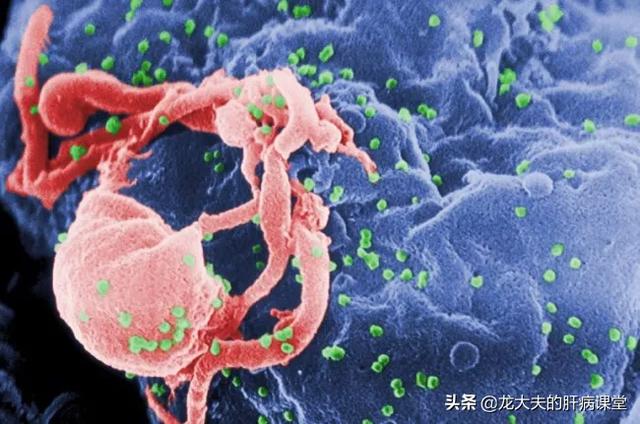
I'm Dr. Long who loves science, so follow me if you want to learn more about infection and liver disease!
Feel free to comment, like, and retweet!
According to this theory...this syringe...pull it out and cool it for five seconds...insert it...pull it out again and cool it for five seconds...again...and so on... ...and it won't get infected...
Unbelievable, that disease late, sweat are contagious, don't believe in everything doctors, in order not to let the community panic, are talking nonsense, they have read the book do not have judgment? If you know it, you should not contact it, and you should not be afraid of it.
Introduce the HIV virus and then analyze the causes:
Human immunodeficiency virus is approximately 120 nm in diameter and roughly spherical. The viral outer membrane is a lipid-like envelope, derived from the host cell and embedded with the viral proteins gp120 and gp41; gp41 is a transmembrane protein, and gp120 is located on the surface and binds to gp41 by non-covalent interaction. Inward is a spherical matrix (Matrix) formed by protein p17, and a semiconical capsid (Capsid) formed by protein p24, which is highly electron dense under electron microscopy.
HIV attacks the body's helper T-lymphocyte system, and once it has invaded the body's cells, the virus becomes integrated into the cells and remains there for the rest of its life;
It is widely present in blood, semen, vaginal secretions, breast milk, cerebrospinal fluid, and brain tissue fluid with neurological symptoms of infected individuals, with the highest concentrations in blood, semen, and vaginal secretions;
Weak resistance to the external environment, and disinfection methods that are effective for hepatitis B virus are also effective for HIV disinfection;
Infected persons have a long incubation period and a high mortality rate;
The genome of HIV is more complex than any known viral gene.
So why are razors & needles contagious?
The reason is that the razor and the needle exist blood, and must be not dry, not necrotic blood cells, especially to have the presence of CD4 cells, the virus can still survive for a period of time as in the culture medium, so it is contagious, if the blood is dry, the cells are necrotic, and there is no CD4 cell survival, the virus will also be dead! So razors and needles with fresh blood on the surface will remain infectious for a short period of time!
Only in China do we call viruses living things, viruses are dead in the outside world, but when they come to the human body, as long as the structure is not destroyed and there is an environment, they will be activated and live, do you think viruses are dead or alive?
Because they are not exposed to the air, but attached inside the residual blood from razors and syringes.
Not five seconds, but not a minute! Sharing razors and syringes provides the perfect habitat for HIV to be transmitted through body fluids and tissue residue! If you share razors, it's transmitted through bodily fluids.
Those are prone to residual body fluids blood or cellular tissue, when the air has a certain degree of humidity and the temperature is appropriate when it is more active
This question and answer are from the site users, does not represent the position of the site, such as infringement, please contact the administrator to delete.